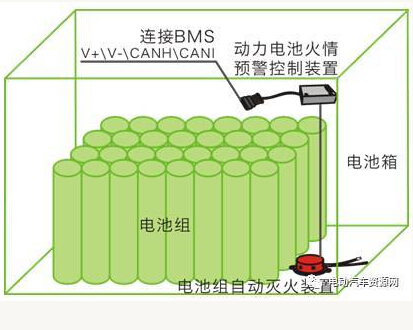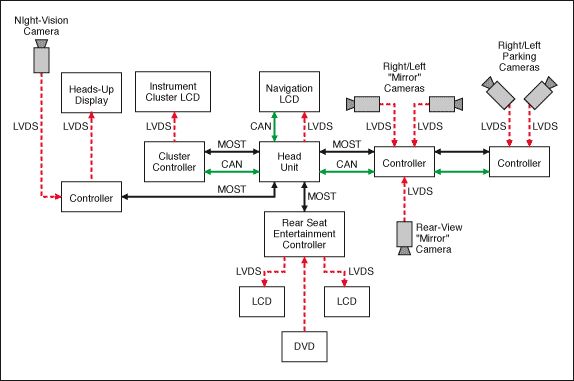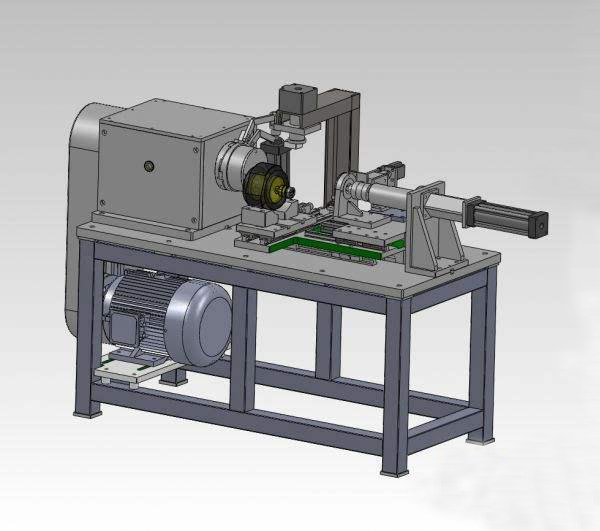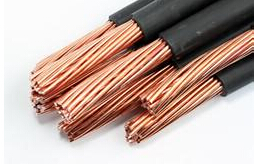Gasoline generators are usually composed of parts such as stator, rotor, end cap and bearing. The engine is the chemical energy into mechanical energy of the machine, its transformation process is actually the process of working cycle, simply is through the combustion of fuel in the cylinder, generate kinetic energy, driving the engine cylinder piston reciprocating movement, thus The connecting rod connected to the piston and the crank connected to the connecting rod, around the crankshaft center for reciprocating circular motion, and the output power.

(A) the structure of gasoline generators
The stator consists of a stator core, a wire wrap, a base, and other structural parts that secure these parts. The rotor consists of rotor core (or magnetic pole, magnetic choke) winding, retaining ring, center ring, slip ring, fan and shaft and other components. By the bearing and the end of the generator stator and rotor connection assembled, so that the rotor can rotate in the stator to do the movement of magnetic lines, resulting in induced potential, through the terminal leads, connected to the circuit, it produced a current.
(B) the working principle of gasoline generators
We analyze this process:
A working cycle consists of four piston strokes (the so-called piston stroke refers to the process of the distance between the top dead center and the bottom dead center): intake stroke, compression stroke, expansion stroke (work stroke) and exhaust stroke The
Intake stroke
In this process, the engine's intake valve opens and the exhaust valve closes. As the piston moves from the top dead center to the bottom dead center, the cylinder volume above the piston increases, so that the pressure in the cylinder will be below atmospheric pressure, that is, vacuum suction in the cylinder, so that the air passes through the intake duct and The valve is sucked into the cylinder, while the nozzle spray atomized gasoline and air mixed well. At the end of the air intake, the gas pressure in the cylinder is about 0.075-0.09 MPa. While the temperature of the combustible mixture in the cylinder has risen to 370-400K.
Compression stroke
In order to make the combustible mixture into the cylinder can quickly burn to produce a larger pressure, so that the engine issued a higher power, must be combustible before burning combustible mixture to reduce its volume, increase the density, temperature, That is, the need for a compression process. In this process, the intake and exhaust valves are all closed, and the crankshaft drives the piston to move a stroke from the bottom dead center to the top dead center, that is, the compression stroke. At this point the mixture pressure will increase to 0.6-1.2MPa, the temperature up to 600-700K.
There is a very important concept in this trip, that is, compression ratio. The so-called compression ratio is the ratio of the maximum volume of the gas in the cylinder before compression to the minimum volume after compression. The greater the compression ratio, the greater the pressure and temperature of the mixture at the end of the compression, and the faster the combustion rate is, and the greater the power of the engine, the better the economy. General car compression ratio between 8-10, but now the latest listing of Polo reached 10.5 high compression ratio, so its torque performance is relatively good. But the compression ratio is too large, not only can not further improve the combustion situation, but there will be furious and surface ignition and other abnormal combustion phenomenon.
Blasting is due to the gas pressure and temperature is too high in the combustion chamber away from the ignition center at the far end of the combustible mixture of spontaneous combustion caused by an abnormal combustion. Flame when the flame spread at a very high rate, even in the case of gas too late to expand, the temperature and pressure increased sharply, the formation of pressure waves, the speed of sound forward. When this pressure wave strikes the combustion chamber wall is issued a sharp knock sound. At the same time, but also cause the engine overheating, power consumption, fuel consumption and a series of adverse consequences. Serious burning is even caused by the valve burned, the bearing rupture, spark plug insulator breakdown and other mechanical damage.
In addition to burning, the high compression ratio of the engine may also have to face another problem: the surface of the ignition. This is due to another improper combustion (also known as hot ignition or early combustion) caused by the burning of the mixture between the hot surfaces in the tank and the hot places (such as the exhaust door, spark plug electrode, coke). Surface ignition occurs, but also accompanied by a strong knock sound (more boring), the resulting high pressure will increase the engine load and reduce life expectancy.
Expansion stroke
In this process, the intake and exhaust doors are still closed. When the piston near the top dead center, the spark plugs spark, ignite the compressed combustible mixture. Flammable mixture is burned, the release of a lot of heat, then the gas pressure and temperature increased rapidly. Which can reach the maximum pressure up to 3-5MPa, the corresponding temperature is as high as 2200-2800K. High temperature and high pressure gas to promote the piston from the top dead center to the bottom point of movement, through the connecting rod to crank and rotate the mechanical energy, in addition to maintaining the engine itself to continue operation, the rest is used for external work. During the movement of the piston, the cylinder volume increases, the gas pressure and temperature are rapidly declining. At the end of this stroke, the pressure drops to 0.3-0.5MPa and the temperature is 1300-1600K.
Exhaust stroke
When the expansion stroke (work stroke) near the end, the exhaust valve open, by the exhaust pressure of free exhaust, the piston reaches the bottom deadline and then move to the top deadline, the exhaust forced to the atmosphere, which is row Air stroke. In this stroke, the cylinder pressure is slightly higher than the atmospheric pressure, about 0.105-0.115MPa. When the piston reaches the top dead center, the exhaust stroke ends, and the exhaust gas temperature at this time is about 900-1200K.
Thus, we have introduced a working cycle of the engine, during which the piston in the upper and lower points between the reciprocating four strokes, the corresponding crankshaft rotation for two weeks.
Gasoline engine assembly on the alternator to constitute a gasoline generator.
















 RCCN WeChat QrCode
RCCN WeChat QrCode Mobile WebSite
Mobile WebSite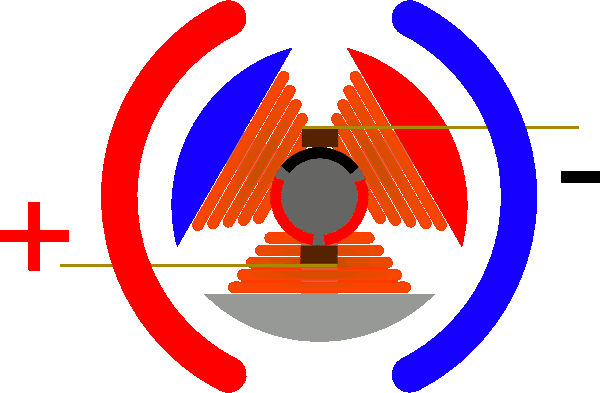
![[Charge pile principle] electric vehicle charging pile principle Secret](/upload/image/20170504/20170504090205_67304.jpg)
![[New energy] - electric motor principle](/upload/image/20170519/20170519090819_74516.jpg)

